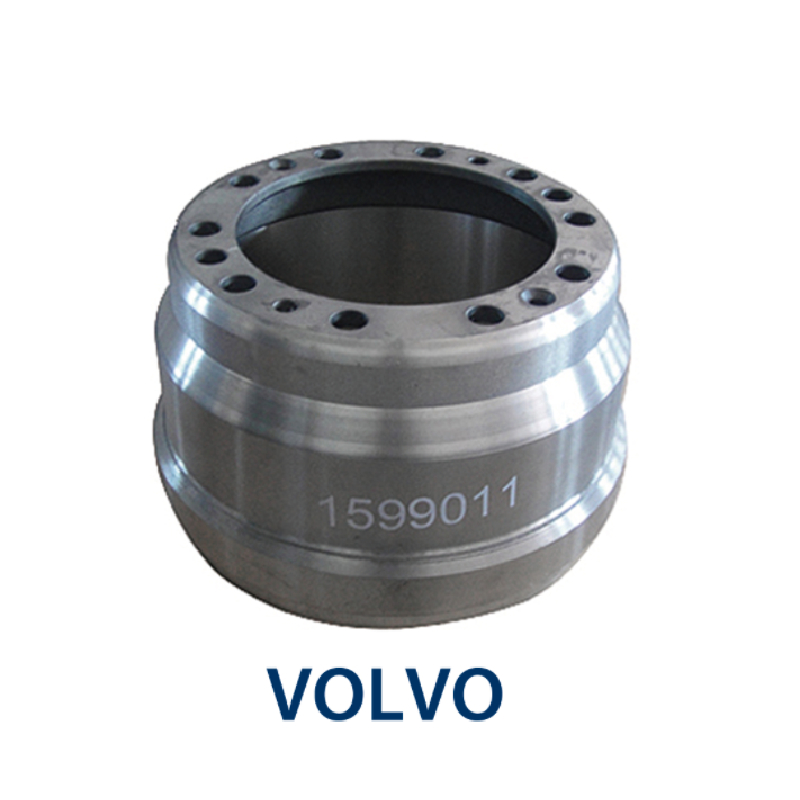Dec . 31, 2024 09:11 Back to list
Motor Vehicle Brake Drum Systems and Their Importance for Safety and Performance
Understanding Motor Wheel Brake Drums Their Function and Importance in Vehicle Safety
Motor wheel brake drums are essential components of a vehicle's braking system, contributing significantly to the overall safety and performance of automobiles. As vehicles continue to evolve, understanding how brake drums work, their construction, and their maintenance can help consumers and automotive enthusiasts alike recognize their importance in everyday driving.
What are Brake Drums?
Brake drums are cylindrical components that are part of the drum brake system, which is commonly found in many vehicles, especially in older models and light trucks. When the driver presses the brake pedal, the brake shoes inside the drum expand outward to create friction against the inner surface of the drum. This friction slows down the wheel, allowing for safe stopping. Unlike disc brakes, which use a rotor and caliper system, drum brakes revert to a more traditional method of generating braking force.
How Brake Drums Work
The functionality of brake drums involves a few key components the brake drum itself, the brake shoes, the wheel cylinder, and the return springs. The brake drum is usually made of cast iron or aluminum, providing the necessary strength and thermal conductivity to withstand heat generated during braking.
When the brake pedal is pressed, hydraulic fluid from the master cylinder flows into the wheel cylinder, pushing the brake shoes outwards. These shoes, typically lined with a friction material, come into contact with the inner surface of the drum. The friction between the shoes and the drum slows down the rotation of the wheel, thereby bringing the car to a halt.
One of the critical advantages of drum brakes is their ability to provide substantial stopping power. They can generate a high level of friction due to the large surface area in contact with the drum, making them particularly effective for heavier vehicles that require more robust braking systems.
Advantages of Brake Drums
1. Cost-Effectiveness Drum brakes are generally less expensive to manufacture and install compared to disc brakes. This makes them a popular choice for many budget-friendly vehicle models.
2. Self-Adjustment Feature Many drum brakes come equipped with an automatic adjustment mechanism that helps maintain the optimal distance between the brake shoes and drum. This feature enhances braking performance and prolongs the lifespan of the brake system.
motor wheel brake drums

3. Strong Braking Power As mentioned earlier, the large surface area of the brake shoes in contact with the drum allows for high friction levels, contributing to effective braking performance.
4. Heat Dissipation Brake drums are designed to absorb and dissipate heat generated during braking, helping to prevent brake fade that can occur with excessive heat buildup.
Maintenance of Brake Drums
To ensure the optimal performance and safety of a vehicle’s braking system, regular maintenance of brake drums is essential. Here are a few maintenance tips
- Regular Inspections Periodic checks by a qualified mechanic can help identify signs of wear and tear. Look for cracks, warping, or uneven surfaces on the drum.
- Brake Shoe Replacement Brake shoes will wear out over time, and replacing them regularly can prevent damage to the drum itself.
- Cleaning Dirt and debris can accumulate inside the drum, affecting the braking efficiency. Keeping the drums clean can enhance their performance.
- Hydraulic System Checks The hydraulic system that operates the brake drums should be inspected for leaks and functionality to ensure that the system operates effectively when needed.
Conclusion
Motor wheel brake drums play a significant role in the safety and performance of vehicles. Understanding their function, benefits, and maintenance needs is critical for all vehicle owners. With proper care, this crucial component can ensure reliable braking performance, providing peace of mind on the road. As technology progresses, drum brakes may become less common; however, their role in automotive history and safety remains undiminished, showcasing the balance of cost, effectiveness, and reliability they have offered drivers for decades.
-
HINO Industrial Efficiency Solutions - ¡Ң���ຽ��е��������˾
NewsJul.13,2025
-
HINO Industrial Solutions - ¡Ң���ຽ��е��������˾ | Advanced Technology&Reliability
NewsJul.13,2025
-
HINO Industrial Efficiency-Jiangsu Hino Industrial|Productivity Optimization&Cost Reduction
NewsJul.12,2025
-
HINO-¡Ң���ຽ��е��������˾|Advanced Industrial Solutions&Energy Efficiency
NewsJul.12,2025
-
Premium Brake Drum Iveco – Durable Drum Brake Drum & Brake Shoe Solutions
NewsJul.08,2025
-
High-Performance Brake Drum Liza for Enhanced Safety Reliable Drum Brake Drum & Brake Shoe Solutions
NewsJul.08,2025
